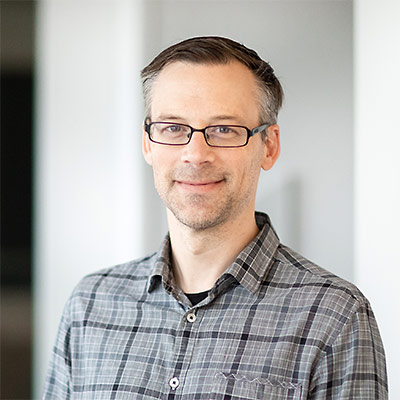Genocide Against the Tutsi in Rwanda
“Why We Hate” docuseries on Discovery kicks off with a panel that included a former Nazi and a genocide survivor
When Ursula Martens was a little girl living in Germany, she was happy to be forced by law at age 10 to join the Hitler Youth.
“Everything was free,” she said. “You could go to theaters. … They would send you on vacations with other children at nice resorts.”
It wasn’t until she was a little older that she realized something was wrong.
The Center Postdoctoral Research Fellowship will be awarded to an outstanding postdoctoral scholar from any discipline who will advance digital genocide research through the use of the USC Shoah Foundation Visual History Archive (VHA). The Center welcomes proposals from researchers who use innovative digital methodologies to approach the testimonies of the Visual History Archive. For this postdoctoral fellowship, the Visual History Archive itself, its interface and/or its digital testimonies can be seen as research objects.
The Genocide Prevention Research Fellowship enabled an advanced standing PhD candidate to spend a month in residence at the Center during the Spring 2017 semester. Award decisions for this fellowship were based on the originality of the research proposal and its potential to advance research on cultural and societal dynamics that precipitate or deter genocide, preferably with the use of testimonies from the USC Shoah Foundation Visual History Archive or other unique genocide research resources at USC.
Each year, the Center hosts an interdisciplinary team of scholars from different universities and countries for one week so that they can meet in person and work together intensively to address a particular challenge within the field of genocide studies.
The International Teaching Fellowship provides financial support and staff assistance to faculty members at USC Shoah Foundation Visual History Archive (VHA) access sites to integrate testimonies from the Visual History Archive into new or existing courses. The fellowship is open to all disciplinary and methodological approaches. Following the fellowship course, the fellows give a public presentation of their course experience. Final course syllabi will be posted to the Center's website.
The A. I. and Manet Schepps Foundation Teaching Fellowship provides financial support and staff assistance to faculty members at Texas A & M University to integrate testimonies from the Visual History Archive into new or existing courses. The fellowship is open to all disciplinary and methodological approaches. Following the fellowship course, the fellows give a public presentation of their course experience. Final course syllabi will be posted to the Center's website.
